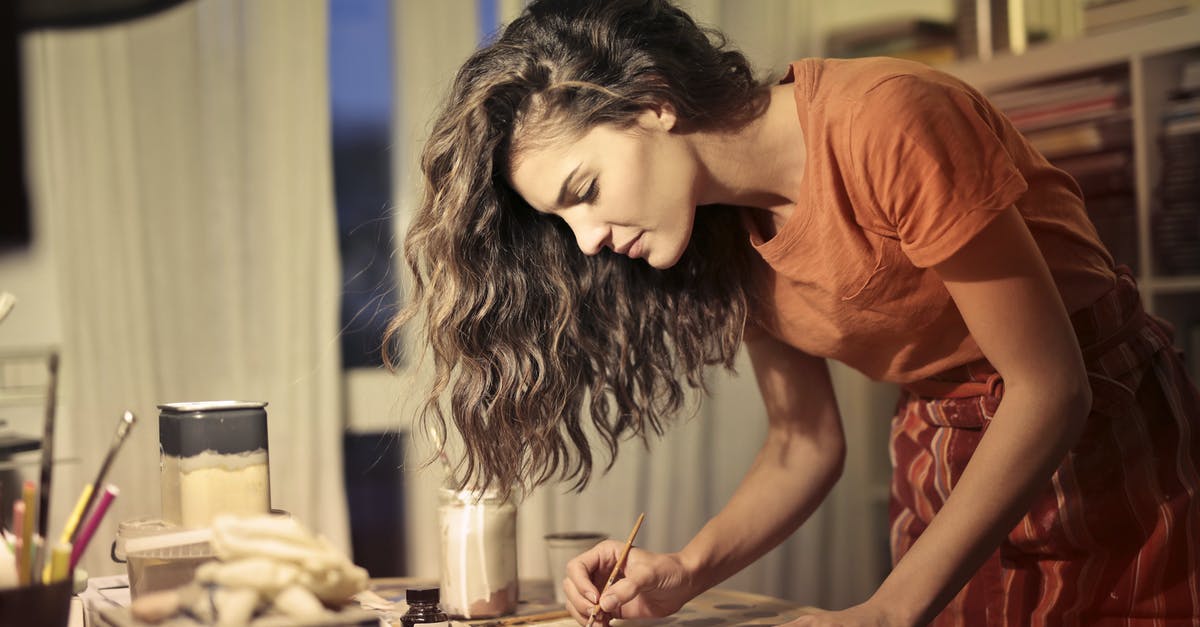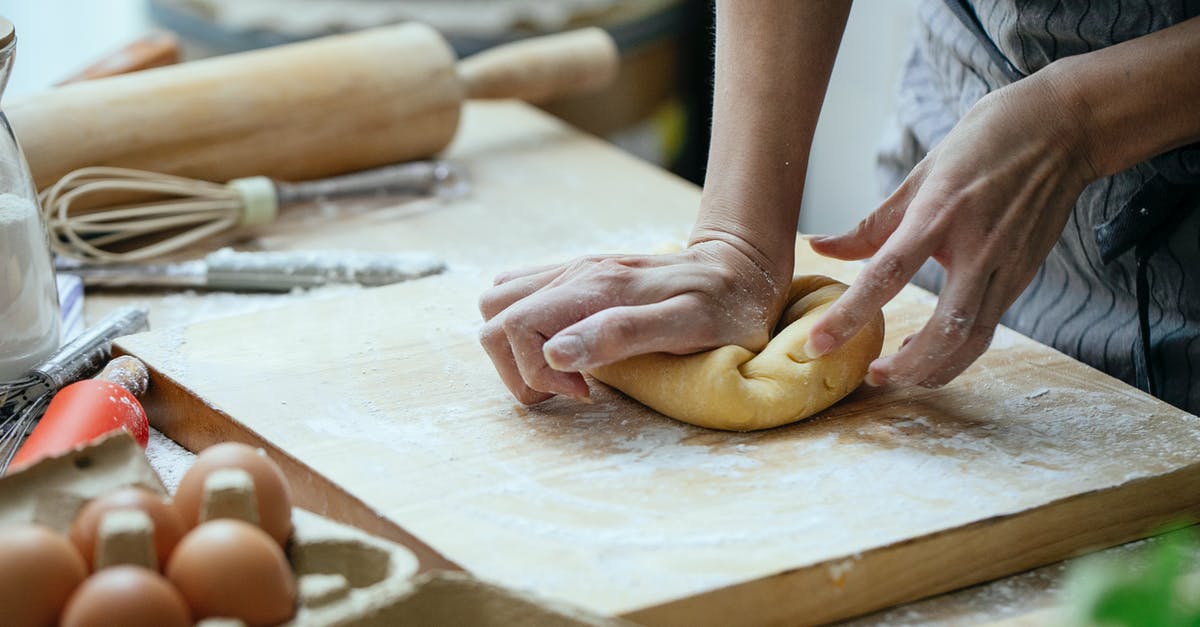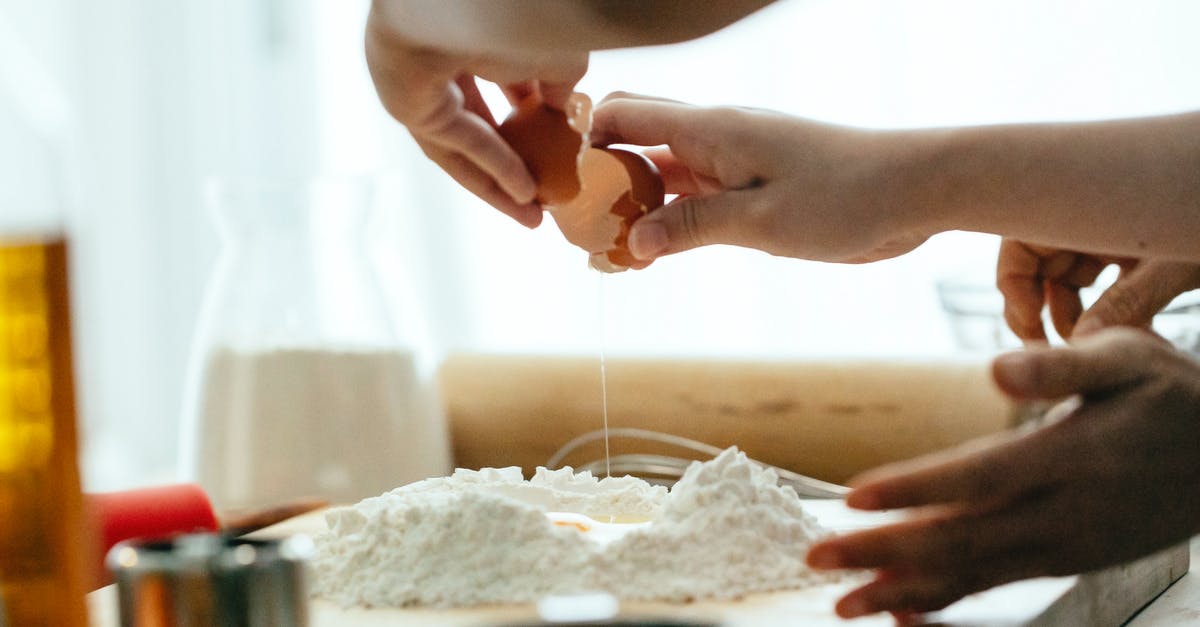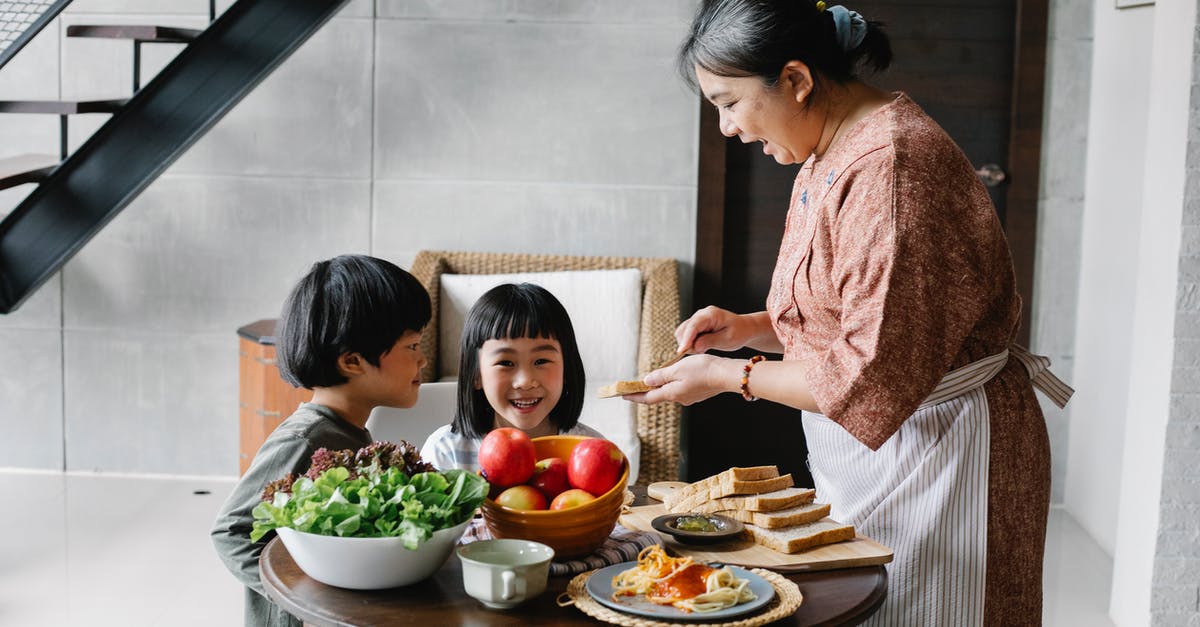What is the way to make golgappe/pani puri at home?

This is what I am talking about: https://en.m.wikipedia.org/wiki/Panipuri
I want to know what is the way to make the puris that fluffy and that crispy such that they remain fluffy and crispy forever.
I do make bigger puris at home by deep frying them in hot oil, but nor I neither anyone who is known to me has made puris that fluffy.
Sometimes by chance they get fluffy, but within 5 minutes all the air escapes from them and they flatten and usually become soft.
What is the way to make golgappe/pani puri at home?
Best Answer
There are several differences between regular poori and pani poori. When you cook regular poori, you want it to be soft, not crispy, and it doesn't need to puff up as much, and it doesn't really matter if it collapses a little after you cook it.
These differences translate out to some different methods of working with the dough.
First, you need to have a quite elastic dough for pani poori so that they will be able to puff up a lot without bursting. This means you need a lot of gluten and you need a lot of kneading.
For regular poori you are probably using maida (wheat flour), for pani poori it is common to use fine sooji/semolina flour and only a small amount or maida. (Replace all the maida you normally use with fine sooji, then add an extra spoon of maida.)
For regular poori you also probably use a dough that is about the same as for chapatti, maybe just a little bit stiffer. For pani poori you need to knead this quite a long time, then allow it to rest for 15-20 minutes before forming them so that it makes an elastic dough that will stretch a lot without tearing.
The next difference is soft vs crispy and this is mostly relating to the thickness of the dough. You need to make the dough very thin for the crispy pani poori. It probably needs to be about half the thickness of a regular poori. For a whole batch of them, it is easier to roll out the whole piece of dough at one time to an even thickness and cut little round pieces with a cookie cutter or a small katori instead of making a lot of little balls to roll out, but when you are practicing, maybe it is better to roll out small pieces and test frying so that you know if it is the right thickness. It should be quite, quite thin.
When you cook them, the oil should be hot enough that they immediately float and start to puff up. If they are the right thickness, they will become crispy when they look golden.
The next key to keeping them crispy is to cool them completely before covering them. When they come out of the oil, they will still be steaming. If you cover them when they are still at all warm, that steam will be trapped and will make them soft.
Pictures about "What is the way to make golgappe/pani puri at home?"



What is Gol Gappa water made of?
Potato, onion, chickpeas, coriander chutney stuffed crispy puri drenched in sour and spicy mint flavored water (pudina pani) easily fills one's mouth and takes taste buds on a journey of heaven and it is no wonder that it's a popular street snack along the length and breadth of India and known as gol gappa, puchka, ...Why my Golgappas are not crispy?
You have to roll the dough very thin. If it's not thin enough, your puri will not turn out crispy. Use a sharp cookie cutter or a steel box with sharp edges of 4-5 cm diameter to cut the Golgappa. Do not overcrowd the pan while frying.What is Pani Puris puri made of?
Ingredients. Gupchup consists of a round hollow puri (a deep-fried crisp flatbread), filled with a mixture of flavored water (known as imli pani), tamarind chutney, chili powder, chaat masala, potato mash, onion, or chickpeas.Is pani puri made of Maida?
There has to be elasticity in the dough. These factors give a crisp puri. The crispness stays even after the pooris are cooled and even later. Refined flour or all-purpose flour (maida) is used for binding the dough.pani puri recipe | golgappa | पानी पूरी – गोलगप्पे | puchka recipe | pani poori recipe
Sources: Stack Exchange - This article follows the attribution requirements of Stack Exchange and is licensed under CC BY-SA 3.0.
Images: Andrea Piacquadio, Katerina Holmes, Katerina Holmes, Alex Green
